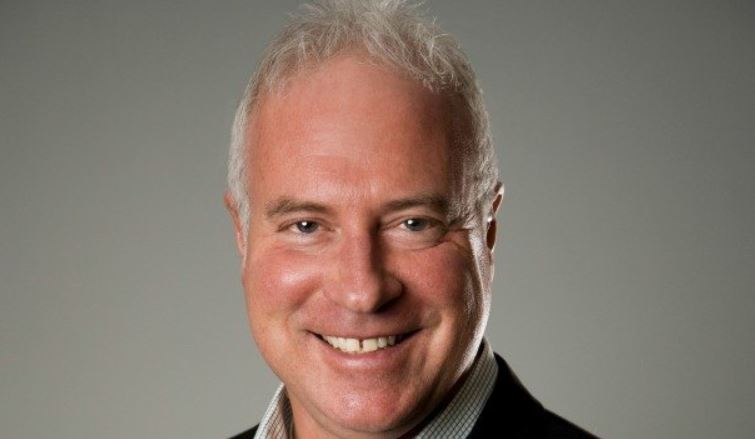Irvine, CA—According to Ten-X Commercial's Peter Muoio, the strongest outlooks for commercial real estate across US cities in 2019 can be found in Salt Lake City, Palm Beach County, Jacksonville, Las Vegas, and Los Angeles. Some segments within these metros will perform better than others, but they all share the distinction of having potential for further returns on investment despite the late stage of the CRE cycle.
“Salt Lake City has benefitted from strong local employment growth and rapid population growth throughout the current expansion.” Muoio tells GlobeSt.com. “A strong labor market and confident consumer outlook is driving strong growth in domestic tourism, particularly in hot-spots like Palm Beach. Jacksonville has particularly strong outlooks for its hotel and multifamily markets, due mainly to limited supply outlooks. Las Vegas is another market benefitting from the strong US economic backdrop, specifically the healthy labor market, stronger wage growth, and peak consumer spending. Finally, Los Angeles industrial vacancies are extremely tight at less than 3% and are forecasted to remain below 4% throughout the next four years.”
Recommended For You
In Salt Lake City, the Metro population growth of 1.4% doubled the U.S. average in 2017. The metro's multifamily and retail sectors stand to benefit the most from further economic and demographic gains, with the net operating income (NOI) growing a respective 2% and 1.4% in 2019 amid rising effective rents, according to Muoio.
“Markets with a strong job growth and a rapidly expanding populace are best able to offset retail's secular headwinds of e-commerce and declining space use, while strong population growth coupled with rising mortgage rates and a softening housing market will feed into continued, solid apartment demand,” he says.
The Palm Beach hotel market is forecasted to see a 3.1% average annual revenue per available room (RevPAR) growth through 2022, even with the prospect of a modest cyclical downturn taken into account. Multifamily vacancies in Palm Beach are edging higher as new supply hits the market, but demand is still solid and enough to drive rents higher. Rent growth in 2019 should drive NOI up 1%, even as heavy supply pushes vacancies up, Muoio says.
In Jacksonville, Florida, a limited pipeline offers the metro high cyclical resiliency in the event of any economic correction. Multifamily NOI growth is forecasted to average 2.8% per year through 2022 as muted supply helps keep vacancies low.
“The Hotel RevPAR is projected to average 1.3% growth per year through 2022, and limited hotel supply would help operating conditions bounce back quickly in the event of a downturn,” says Muoio.
Now Las Vegas' hotel market is extremely sensitive to any economic downdrafts, which investors need to be mindful of, but the metro's multifamily and industrial markets are also thriving this cycle.
“North Las Vegas, in particular, offers a quick permitting and rezoning climate, and industrial vacancies have dropped far below historical averages as logistics operations continue to be drawn to Las Vegas. Apartment demand remains high and the supply outlook is limited, which will allow further NOI gains in the coming years as rents drive higher,” observes Muoio.
The Port of Long Beach, near Los Angeles, and the metro's critical location for regional trade will continue to drive insatiable industrial demand, with 2.5% annual NOI gains projected through 2022. Multifamily vacancies are also tight enough to drive continued rent growth, even if availability drifts higher in the coming years, says Muoio.
Overall, the commercial real estate industry looks favorable for U.S. cities in 2019 and is forecasted to be even rosier in the above-mentioned cities.
© Touchpoint Markets, All Rights Reserved. Request academic re-use from www.copyright.com. All other uses, submit a request to [email protected]. For more inforrmation visit Asset & Logo Licensing.







